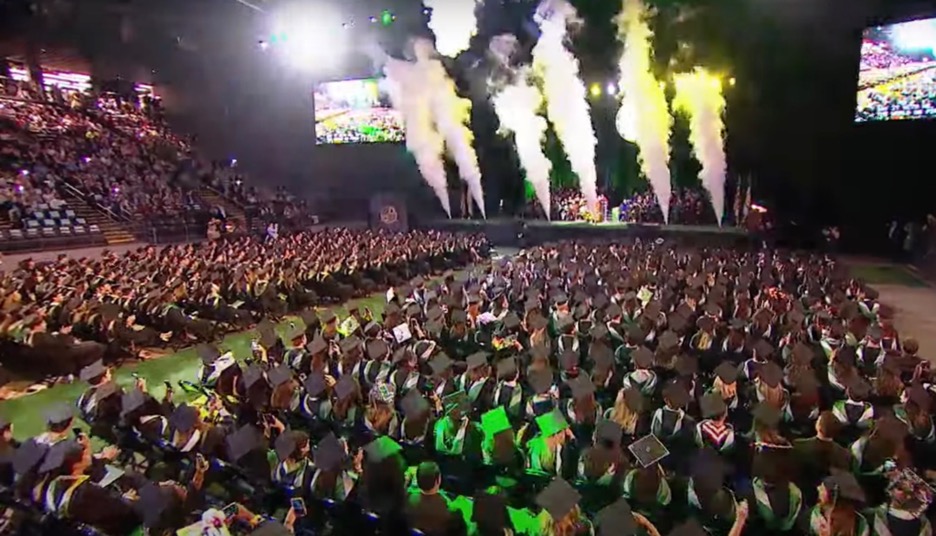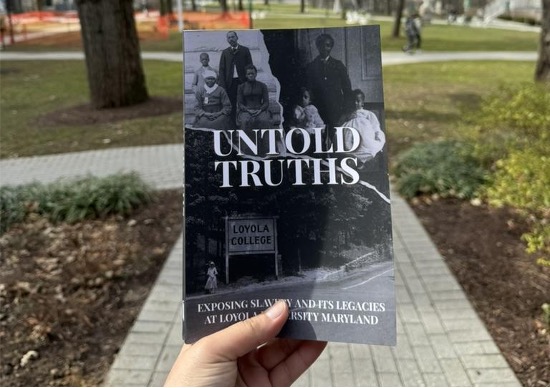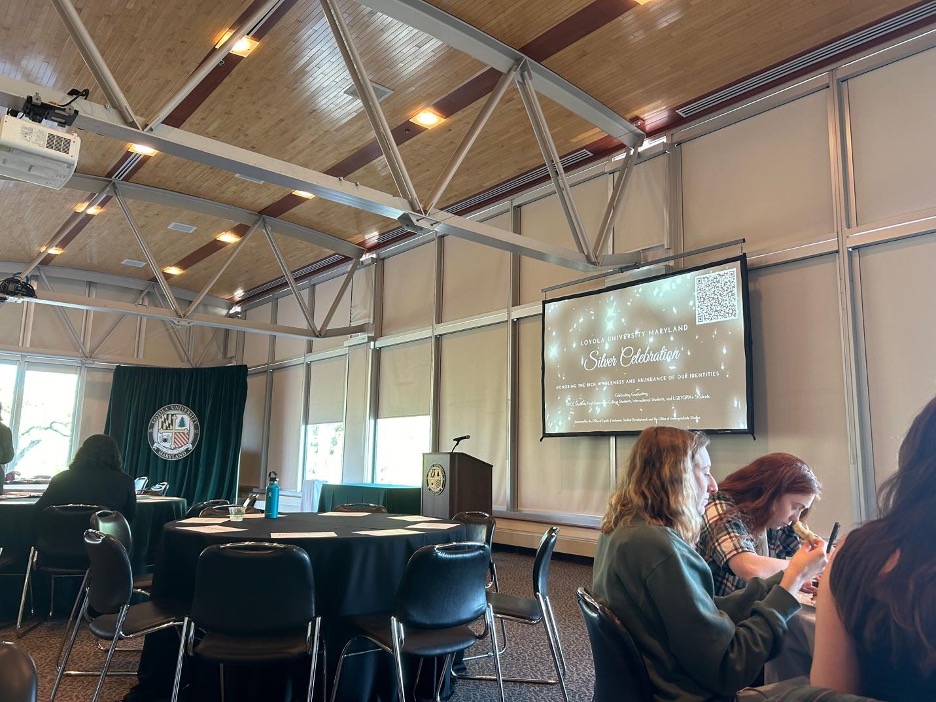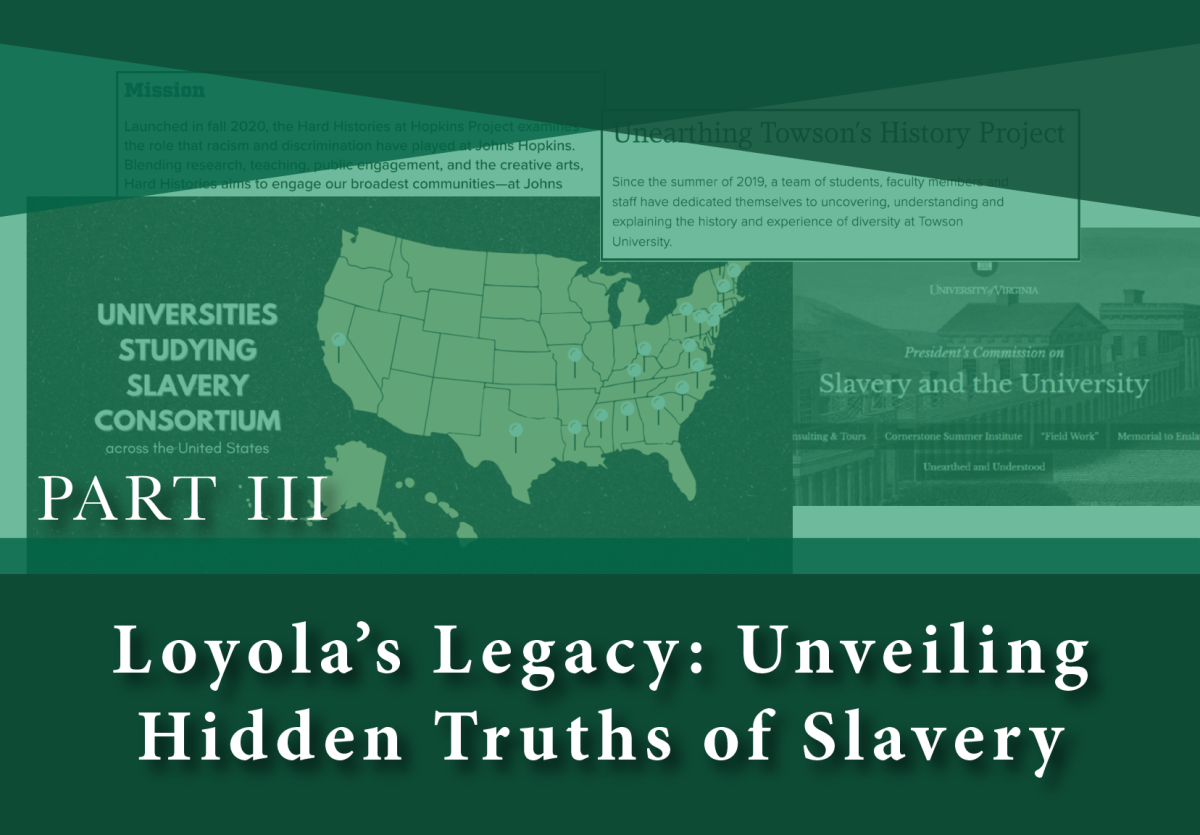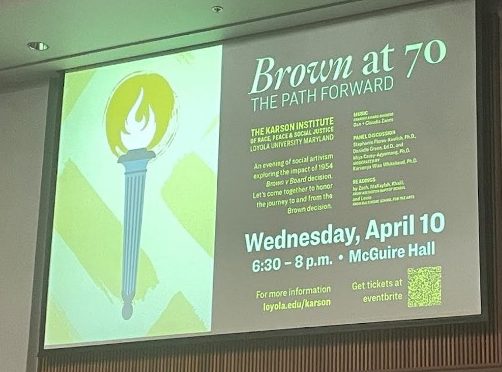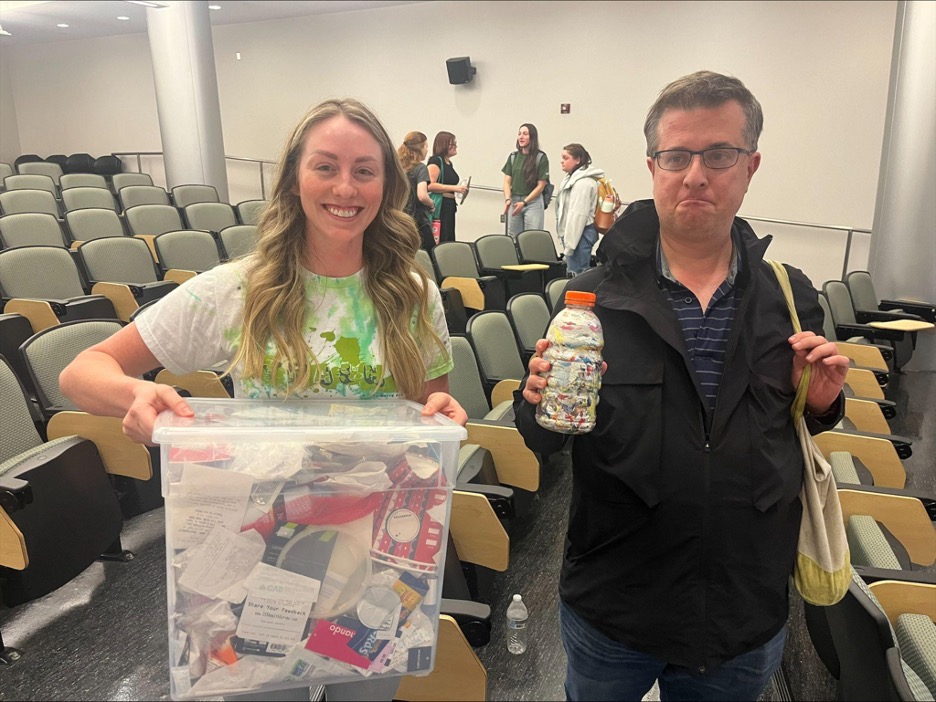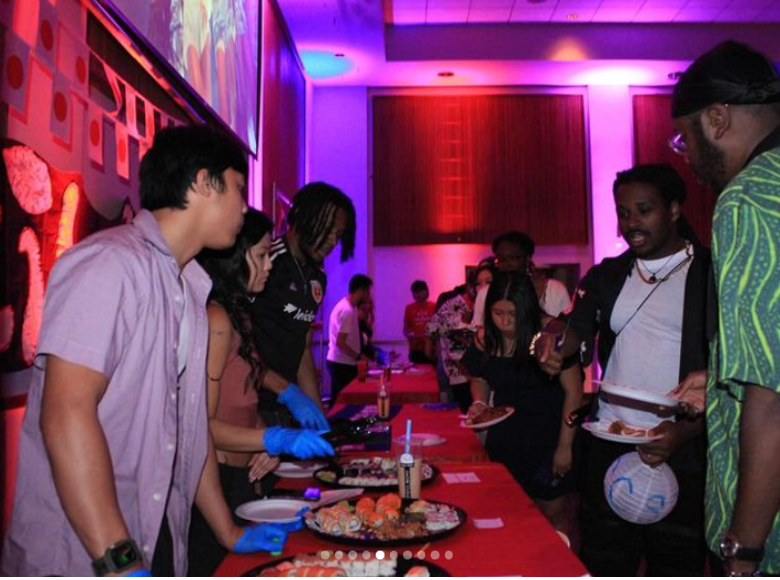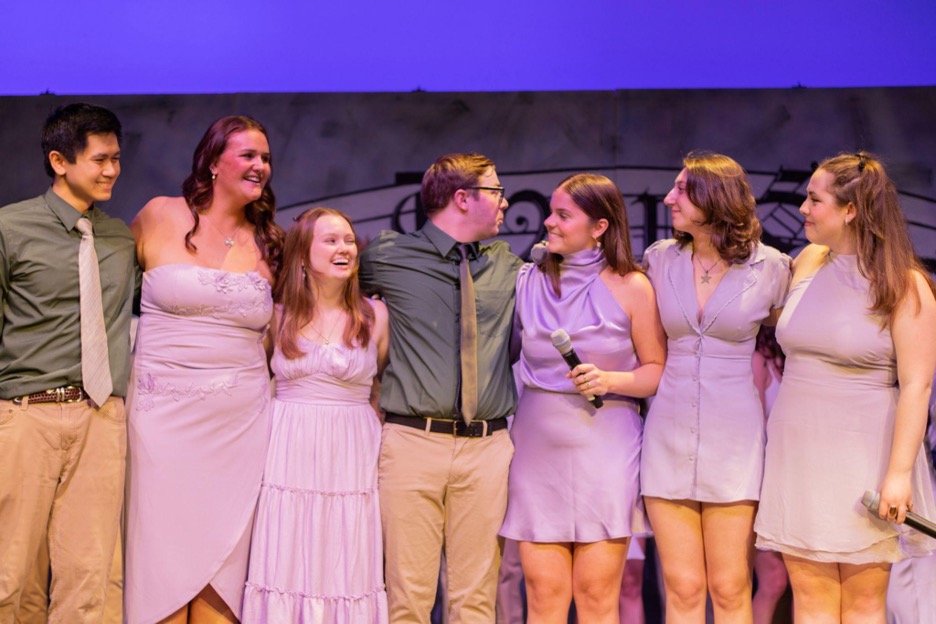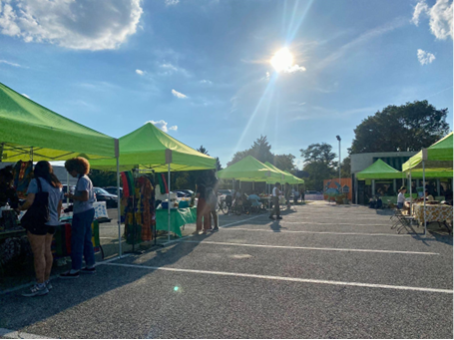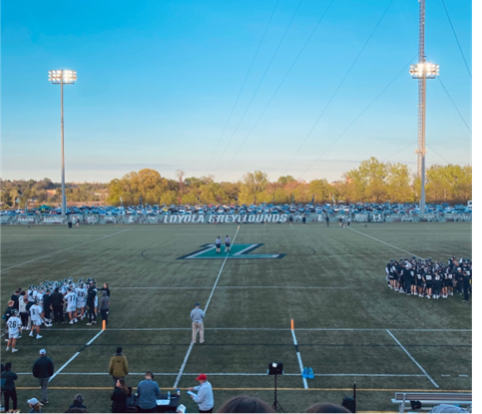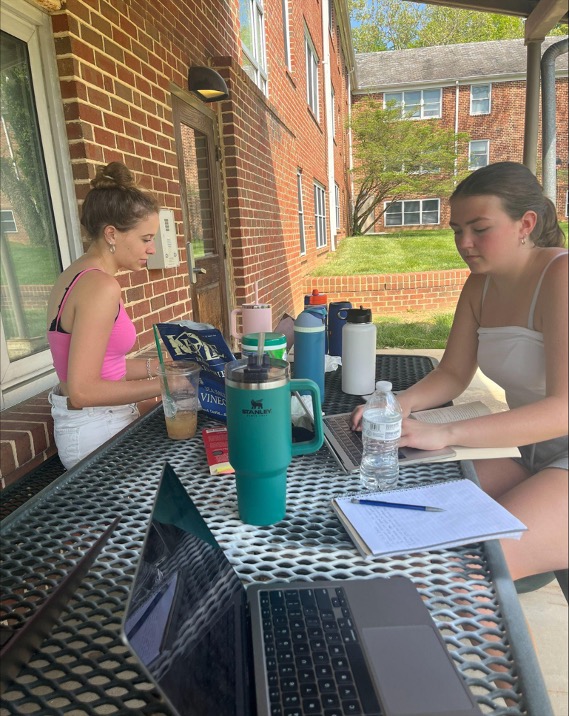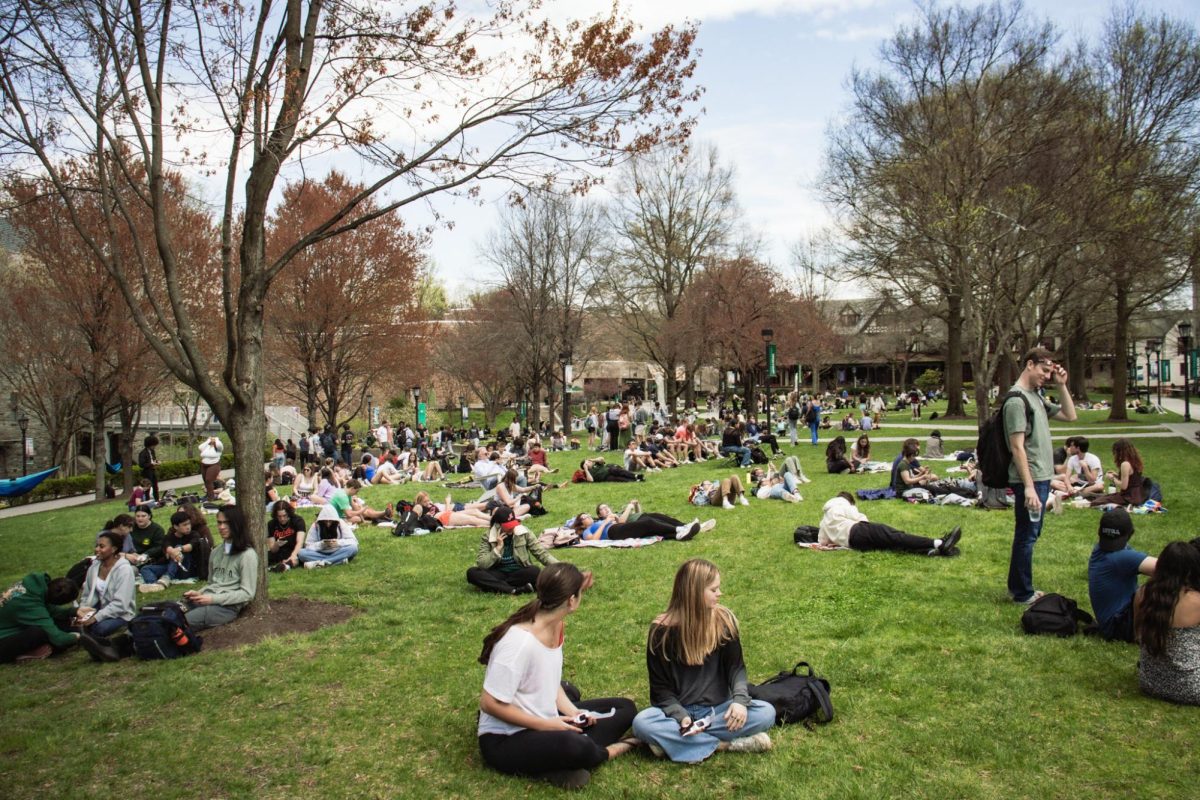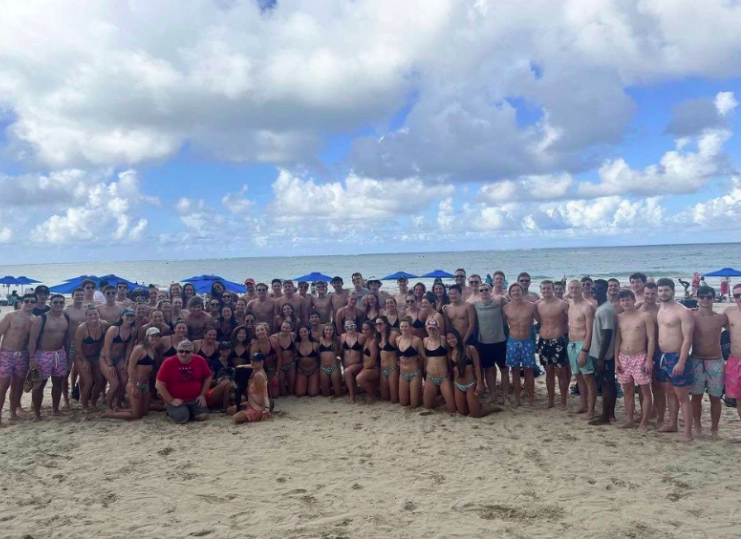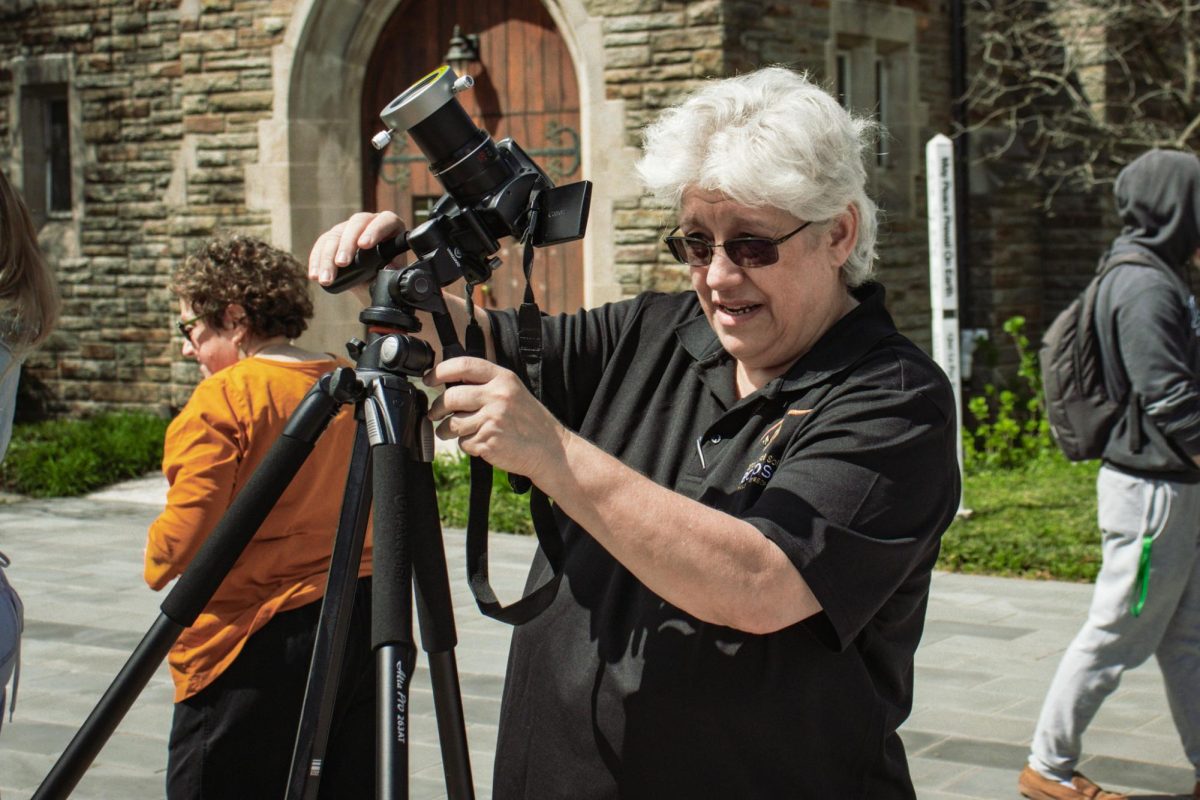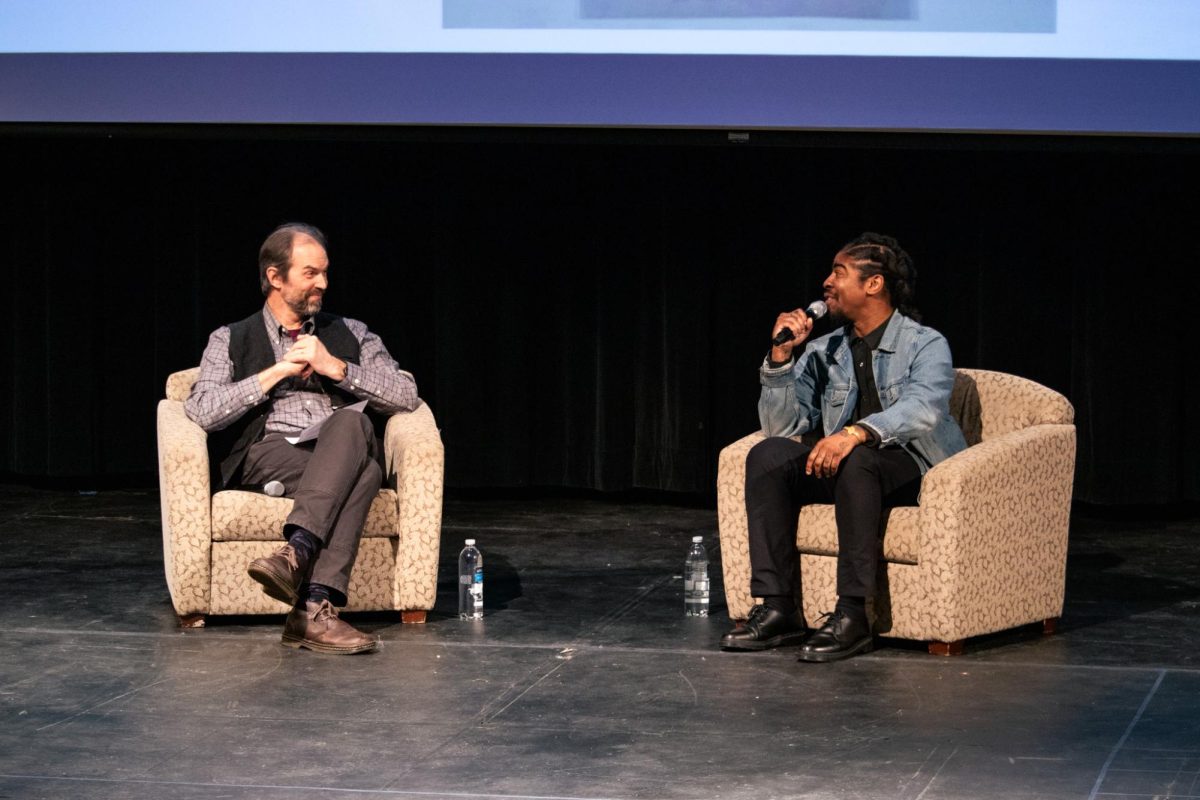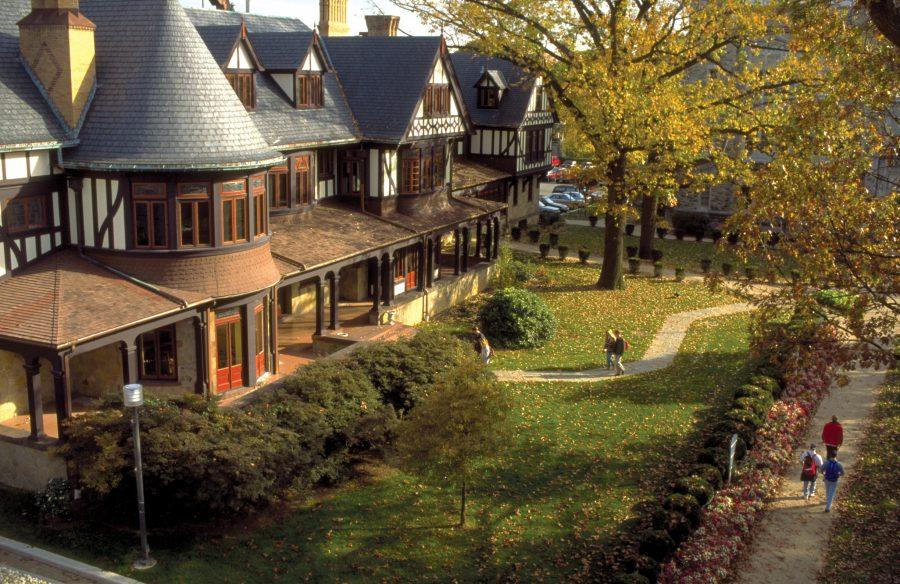Everyone by this point has in some capacity been exposed to a first-year program at Loyola. For many current students, the Messina program has been incredibly hands-on. For others such as this year’s senior class and myself, there might be great shared memories from Loyola 101, FE-100, Alpha, or Collegium. However, it has become clear that the first-year Messina program has taken off. In the past year, Loyola has been awarded two distinguished awards in recognition for their work in the first-year program. I have been able to watch this program flourish the past two years as I participated in it as an Evergreen. Here is why Messina has seemingly become the law of the land for every first year at Loyola.
First off, Loyola’s Messina program does a great job balancing the realities of college life with in-depth academia matched with supplementary enrichment hours about social and outside the classroom experiences. Within the classrooms, students can be exposed to complementary course pairings, such as chemistry and statistics, history and classics, or economics and philosophy. The classroom experience pairs itself with the once a week enrichment hour to challenge students both inside and outside of the classroom. By surrounding each student with familiar faces, whether they are classmates, the Messina faculty, the mentor, or the Evergreen, it is great to have a number of people for first years to rely on.
Second, the Messina enrichment hour does an exemplary duty to students by assisting their transition to college by tackling hard issues that nobody wants to talk about, but needs to anyway. This ranges from consent to alcohol and drug abuse. As an additional bonus, both the Messina instructors and Evergreens serve as a fun and resourceful system in order to balance the Zen of the classroom. This especially can help when it comes to asking those difficult questions, and when serious issues arise, those familiar faces can best assist students. This doesn’t mean all enrichment hours are heavy. Lighter subjects such as traveling around Baltimore and how meal plans work are also useful conversations held in class.
Messina is also successful because of the field trips that bring students out of their comfort zone. Students can find themselves exploring the city of Baltimore through the avenues of farmers’ markets, trips to Fells Point and Federal Hill, to beyond the city limits and as far as D.C.’s Holocaust Museum or a play on Broadway in New York City. All of these trips come with their own important purpose, as well. Many of the instructors and the faculty pairings relate these community trips to material inside the classroom. This balance of academia with real experiences enriches all first years with the balance of amusement and knowledge.
Lastly, the three themes of Messina, “The Visionary,” “Self and Other,” and “Stories We Tell” look to further illustrate the diversity that Loyola has to offer. The themes themselves thrust first years into the possibilities that their futures have to offer, as citizens of the globe looking to change local, national and international communities for the better. “The Visionary” explores the importance of leaders who have shaped a new status quo, and students have been known to study civil rights leaders such as Nelson Mandela and Martin Luther King Jr. Within “Self and Other” many students have positively reviewed the service opportunities Loyola has offered through CCSJ and service projects within the Messina experience. My personal favorite, “Stories We Tell” explores the past and present struggles each of us deal with, including exploring personal narratives by revolutionaries and contemporary authors and artists.
Messina looks to educate and uphold all first years with our Jesuit principles of cura personalis and the program truly promotes the care of the whole person. Each and every student can find himself or herself nurtured and encouraged to reveal their true authentic selves. As Messina’s expansion has enveloped all first years for the future, it’s no wonder Loyola’s application rates have risen in the past few years. Messina is finally getting the recognition it deserves as it was bestowed in the past year with its first major honor, the 2015 Best Practices for Mission Integration from the Association for Student Affairs at Catholic Colleges and Universities (ASACCU). The Messina program is looking to expand its resources and further aid its first year students and their transition to college. The word is spreading, and it’s that the Messina program is taking the college experience and transition by storm.


